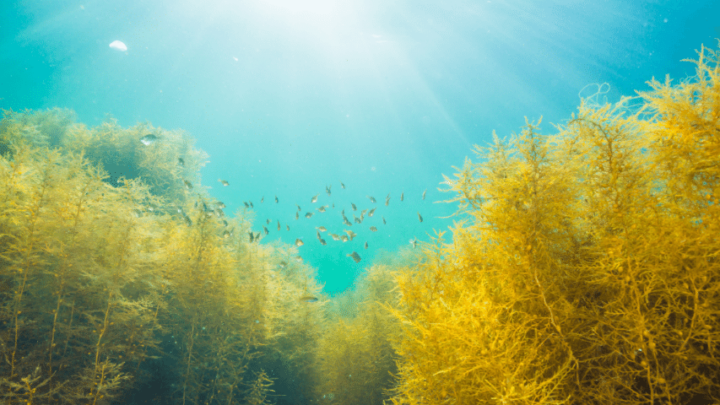Who Eats Seaweed? Most of us have been victims of a slimy piece of seaweed wrapping around our ankles while we enjoy a dip in the sea.
This is most often an unpleasant experience, prompting us to run for our lives.
This piece of seaweed, hated by so many people, is bread and butter for so many creatures. Nowadays, many humans tend to enjoy it as well.
Seaweed is that green, slimy stuff often seen in oceans and seas or you can say it’s found in different water bodies.
Even though we consider them useless, it is increasingly important for the sustenance of marine life.
Who Eats Seaweed?
Seaweed is food to many creatures on the earth’s crust – both marine and terrestrial. It is devoured by crustaceans such as lobsters and crabs. Shrimps, turtles, pufferfish, starfish, jellyfish, krill, eels, and many other small creatures also fulfill their dietary requirements by ingesting seaweed.
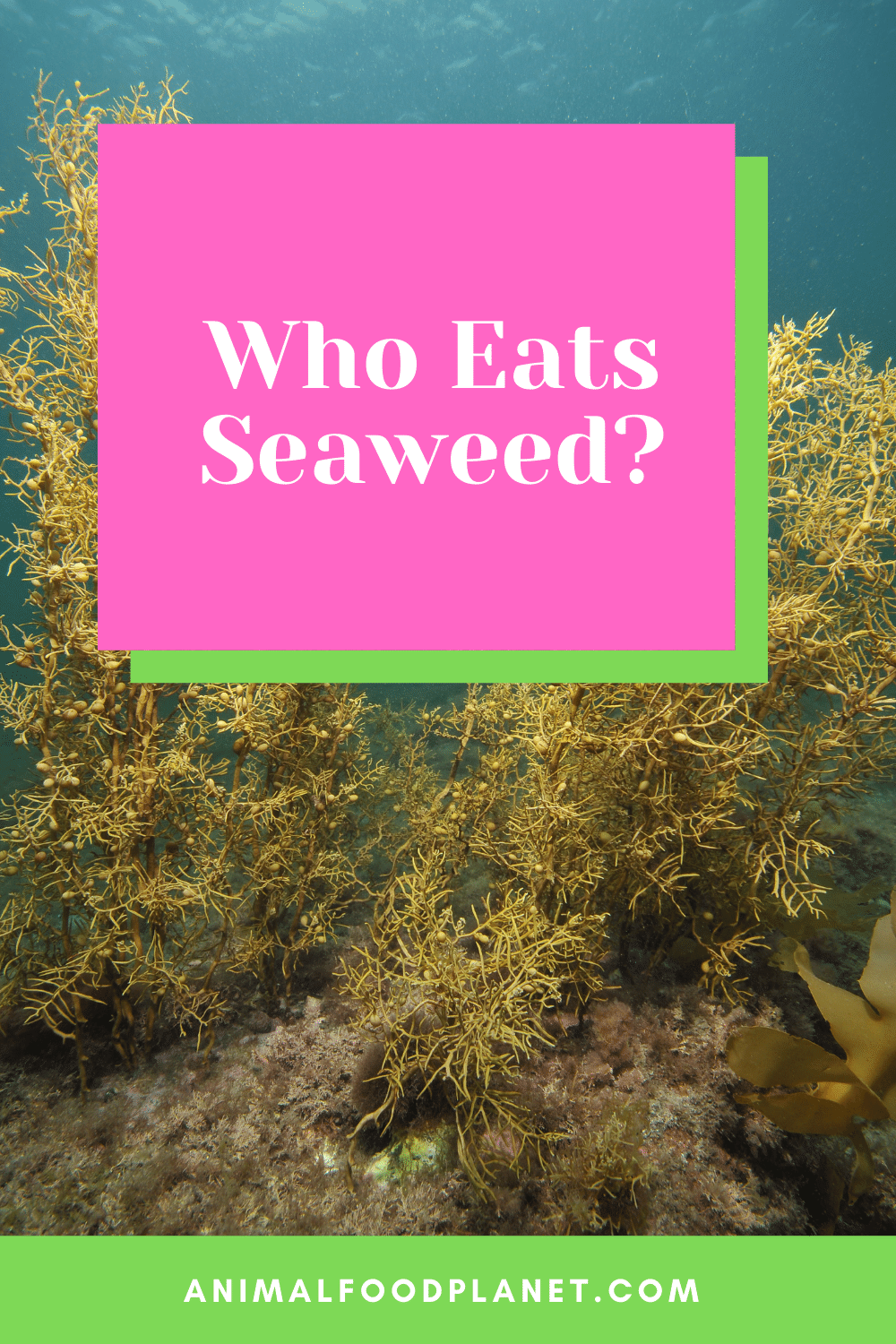
Who Eats Seaweed
Here I am discussing a few creatures who eat seaweed.
1. Crabs
Most species of crabs are omnivores.
Hence seaweed is a perfect choice of nutrition for them as it has characteristics of both plants and animals.
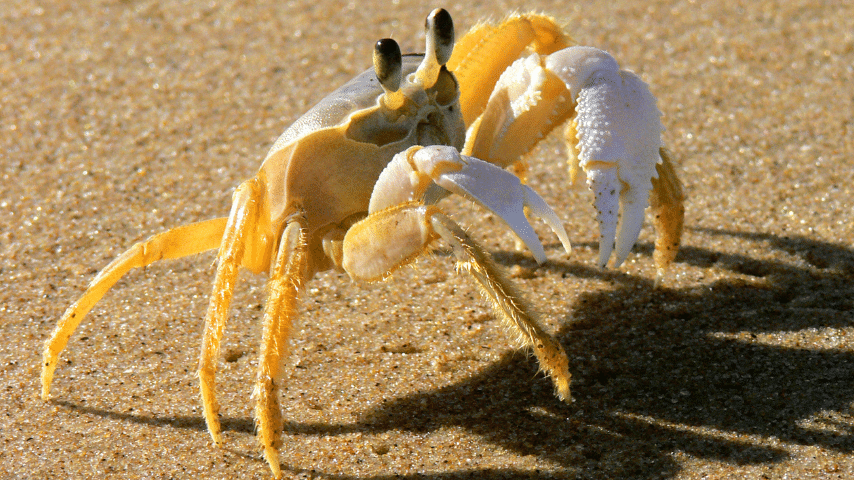
Crabs
2. Turtles
Most turtle species are omnivores. They can easily survive on both plants as well as animal diets.
However, a few of them are strict herbivores.
Seaweed is often found growing along coral reefs because they require something to anchor them down, and coral reefs seem to be the perfect place.
Turtles are often found living on coral reefs, and it is here where there is a marked reduction in the growth of seaweed as turtles make sure to devour them.
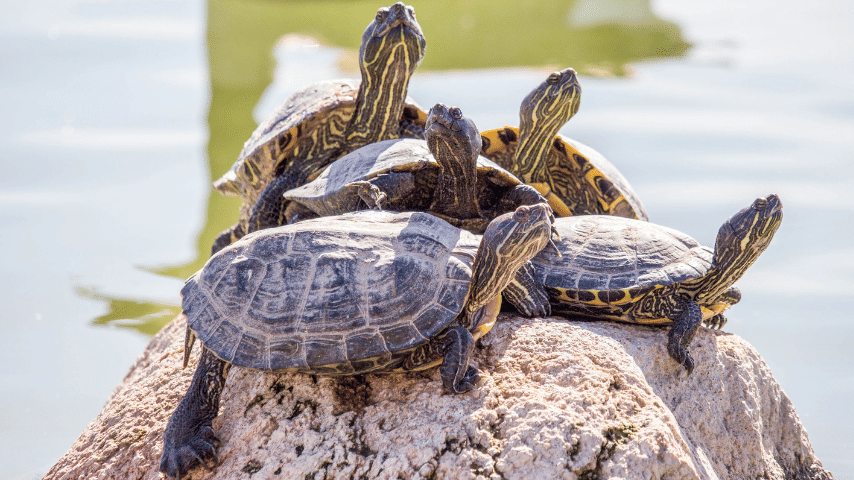
Turtles
3. Pufferfish
Pufferfish are often seen as pet fish in houses around the globe. Their diet mainly consists of algae such as seaweed.
Even when in captivity, these pufferfish are fed algae pellets or seaweed pellets to supplement their diet.
A lot of research is going on related to the pufferfish as it has a unique beak according to the University of Sheffield.
The pufferfish starts out with teeth but then forms a distinctive beak as it ages.
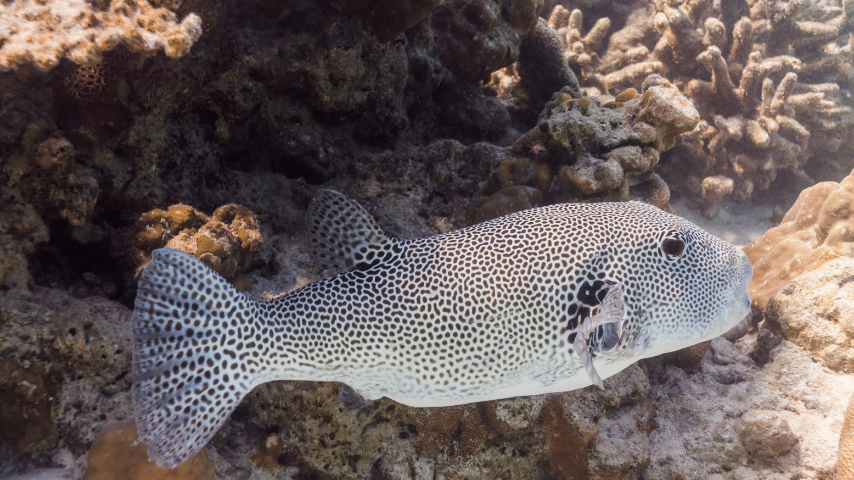
Pufferfish
4. Starfish
Starfish are invertebrates and require adherence to rocks or reefs. The diet of starfish is mostly plant-based.
However, if given a chance, a starfish will also eat dead or decaying matter. Seaweed is an essential component in the diet of starfish as it is easily accessible.
Furthermore, seaweed is often found stuck to the same rocks and figures that starfish usually adhere to, making it convenient for the starfish to use it as its diet.
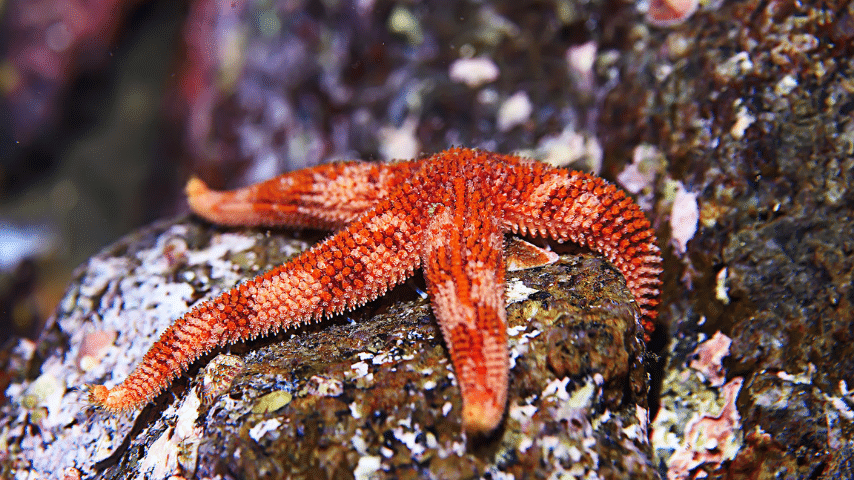
Starfish
5. Lobsters
Lobsters are also omnivores that are mainly found crawling along the seabed.
Since seaweed is also grown on rocks and reefs on the seabed, it is easy for lobsters to use it as a dietary source.
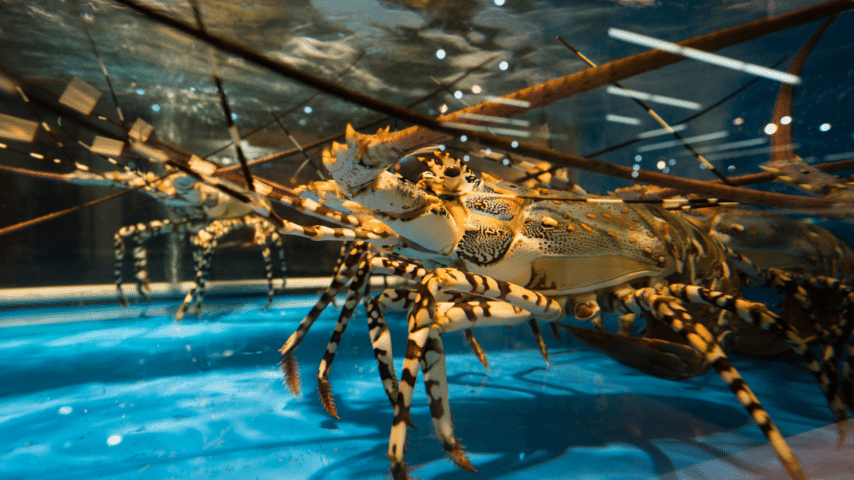
Lobsters
6. Shrimps
Most species of shrimps do not use seaweed as their first choice of food.
However, a few shrimp species, such as cherry shrimps, have their primary source of nutrition in the form of seaweed.
Shrimps usually ingest seaweed when there is a lack of predators around the seaweed.
When a large portion of seaweed is left uneaten, it indicates that there is no danger of predators here, and then the shrimps get their hold on the remaining ones.
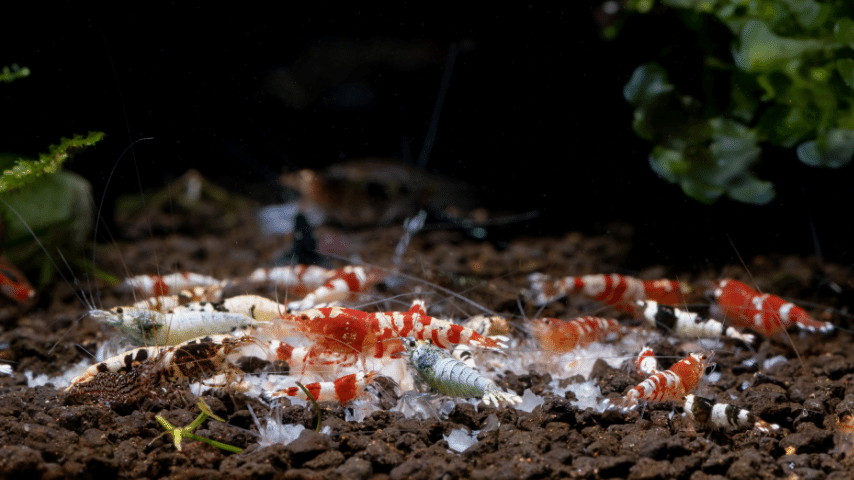
Shrimps
Different species of seaweed
Seaweed is an incredibly vital part of the marine ecosystem. Without them, marine life would be pretty difficult.
To date, different species of seaweed have been discovered. There are approximately 1500 known species of green seaweed, 6500 red seaweed, and 1800 brown ones.
Seaweed – The Primary Part of the Food Chain
Seaweed acts as the first part of the food chain, i.e. it acts as a producer. Through photosynthesis, the seaweed sustains itself.
It is usually found in the shallow parts of water bodies where there is plenty of access to sunlight, hence making photosynthesis easier.
Seaweed is food to many invertebrates as well as small fish. Their main job is to provide nutrition to all these tiny creatures.
These small creatures are, in turn, food to many other bigger marine species, which are in turn prey for more giant creatures and so on.
Hence, seaweed plays an essential role in the maintenance of food webs and the food chain in marine ecosystems.
However, besides providing nutrition, it also has many other important functions.
The Protective Function of Seaweed
While seaweed is a main source of nutrition for many animals, its functions are not limited to that only.
Seaweed acts as a natural habitat for many invertebrates, like starfishes and jellyfishes.
The seaweed is home to these creatures, and it also provides them with the nutrition that these creatures require.
Moreover, it protects these tiny creatures from becoming prey to larger animals by acting as a physical and camouflaging barrier.
However, too much seaweed is also not beneficial for sea creatures. Excess seaweed may be destructive to the marine ecosystem.
This is because excess seaweed does not allow sunlight to reach the seabed, which becomes harmful to other plants and animals.
Secondly, the seaweed takes up all oxygen which causes distress to other living creatures in the water.
Hence, maintaining a proper food chain is extremely important to ensure marine animals’ normal course of life.
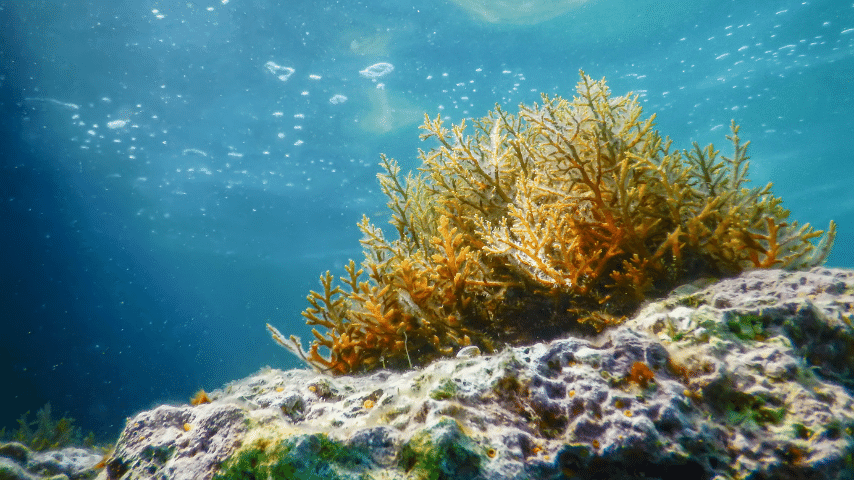
Seaweeds
Frequently Asked Questions About Who Eats Seaweed?
Is seaweed an animal?
Seaweed is neither an animal nor a plant. It is a type of algae.
Do birds eat seaweed?
Many birds, including parrots, eat seaweed. Since it contains many nutrients and minerals, they are quite beneficial for birds.
Why seaweeds are not plants?
Seaweeds aren’t plants as they don’t have flowers, leaves, roots, and stems. Instead, they have holdfasts, stipes, blades, and floats. The only property they share with plants is their ability to make their food by photosynthesis.
Conclusion
Seaweeds are vital to our marine ecosystems. It is an essential source of nutrition for many sea animals, especially invertebrates and omnivores.
Even though seaweed is annoying when it comes to contact with humans, however life in the sea would indeed be difficult without it.

